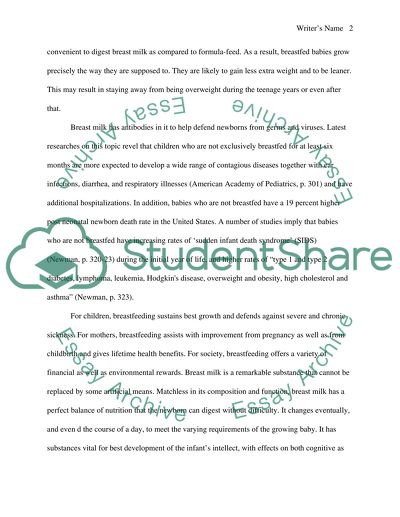Cite this document
(“Advantages of Breastfeeding Research Paper Example | Topics and Well Written Essays - 1500 words”, n.d.)
Retrieved from https://studentshare.org/family-consumer-science/1420996-advantages-of-breastfeeding
Retrieved from https://studentshare.org/family-consumer-science/1420996-advantages-of-breastfeeding
(Advantages of Breastfeeding Research Paper Example | Topics and Well Written Essays - 1500 Words)
https://studentshare.org/family-consumer-science/1420996-advantages-of-breastfeeding.
https://studentshare.org/family-consumer-science/1420996-advantages-of-breastfeeding.
“Advantages of Breastfeeding Research Paper Example | Topics and Well Written Essays - 1500 Words”, n.d. https://studentshare.org/family-consumer-science/1420996-advantages-of-breastfeeding.


